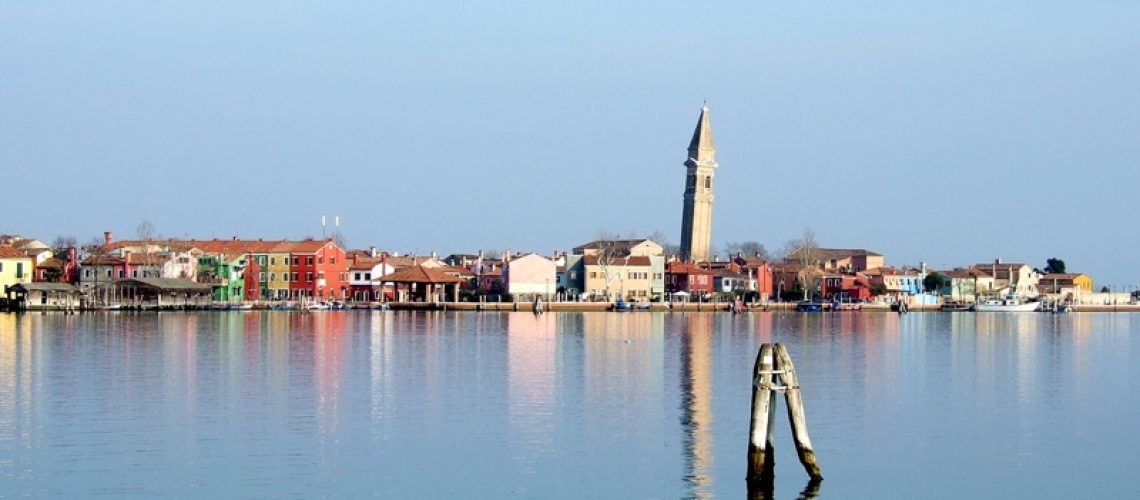Venice is one of the most beautiful cities in the world, with a huge historical and cultural heritage. But it can be also the perfect base for an immersive experience of the natural beauty of the lagoon.
The Venice Laguna: mud wall, hell, natural paradise
As we wrote in a previous post, Venice foundation roots in the barbarian invasions and the need for the people of Veneto to find a safe place.
A safe place meant a not easy to reach one. The isles of the marshy lagoon were the only available option.
Venice literally built its greatness on water. The outpost of refugees became, year after year, century after century, a true world power.
But, while above all in the earlier stage the marshes of the lagoon had been so important for protection, people in the Middle Age couldn’t know how dangerous that environment could be, as it was the perfect ecosystem for the Anopheles mosquito, the malaria – marsh fever – carrier.
The malaria was completely eradicated in Italy in the first half of the XX Century.
The lagoon marshes are anyway, per se, uninhabitable. But this is the reason for which the Laguna is a great place for birding.
The Venice Laguna: Not only birding!
So, while enjoying culture and history in Venice, the marshy areas towards Trieste or Mantua are a treasure chest for birdwatchers.
Not far from Venice, on the east side of the Laguna, The Riserva Naturale Isola della Cona e foce dell’Isonzo offers one a great birding facility and an awesome variety of species: Spoonbill, Herons, Waders…
Even closer to Venice, the Valle Averto WWF Oasis.
The Laguna have been, of course, a hunting and fishing territory: the traditional Venetian food is a mix of waterfowl, seafood and fish. One of the most peculiar recipe is the bisato sull’ara: stockfish cooked in the oven, traditionally the furnace for glasswares on the Murano island.

